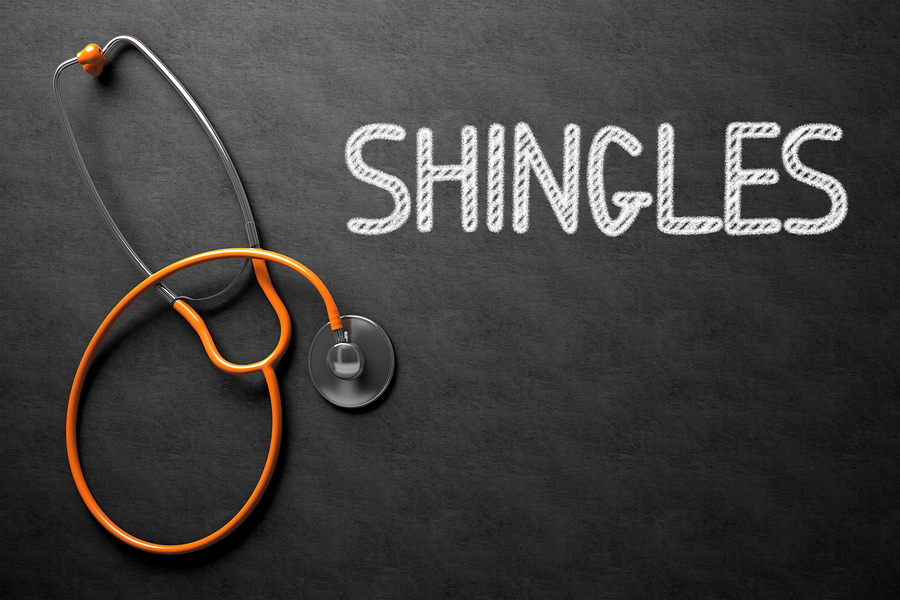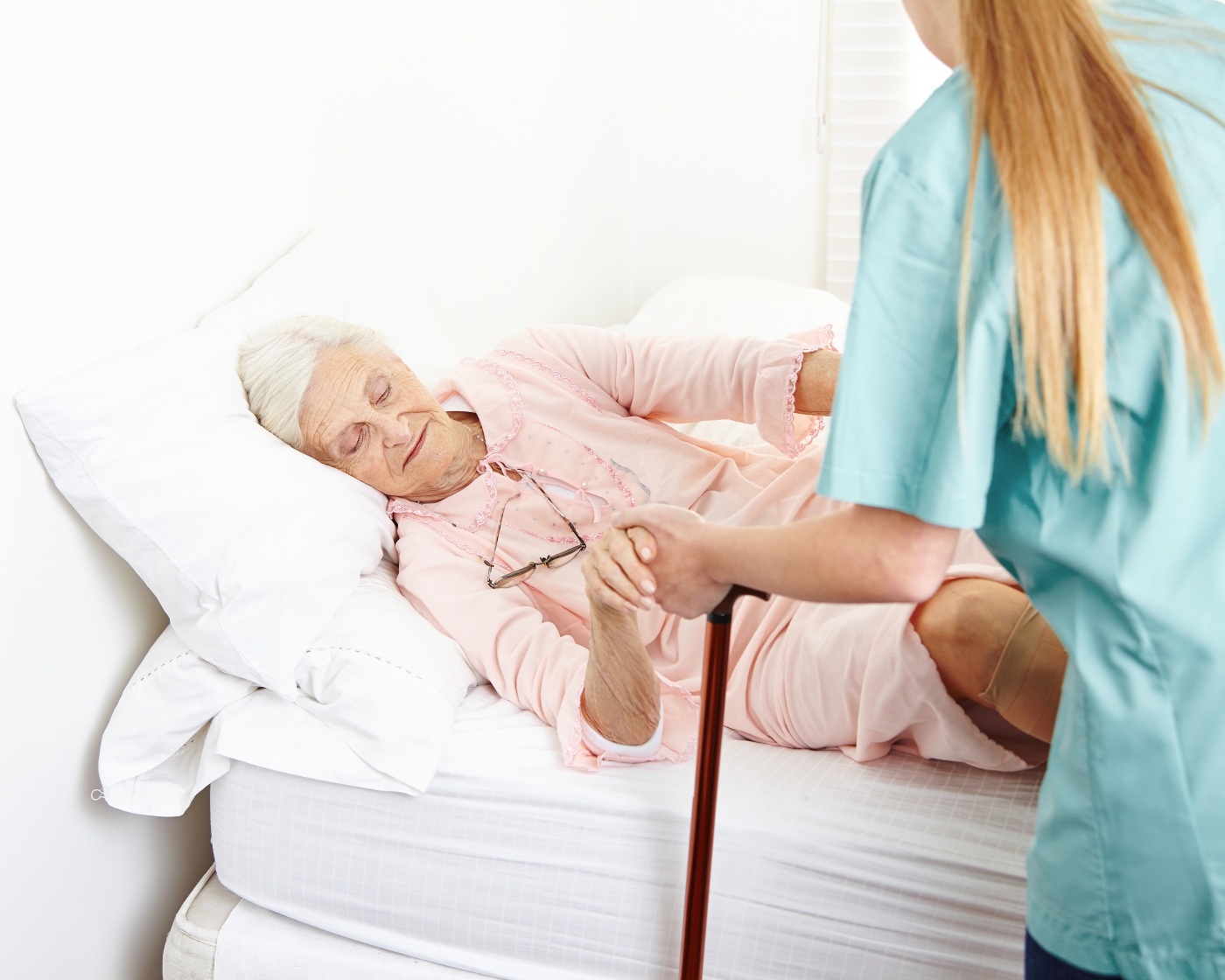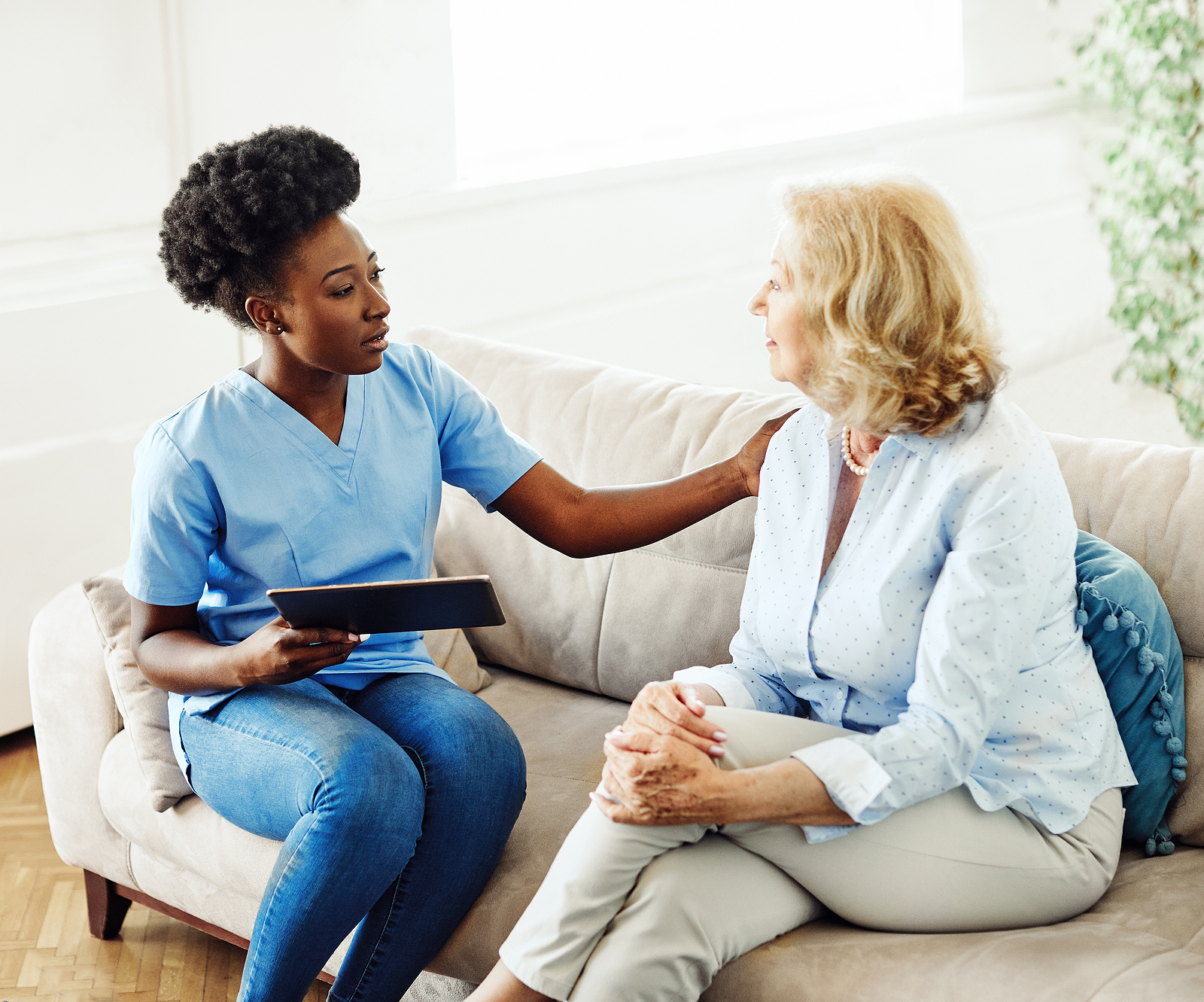Shingles: Disease Facts and Tips for Caring for Your Senior

Shingles, which is also known as Herpes zoster, is caused by the reactivation of the varicella-zoster virus (VZV), the same virus that causes varicella (chickenpox). Shingles most commonly causes a painful rash.
Unfortunately, vaccination is only the way to prevent VZV from infecting a person, but for many seniors, it is already too late to prevent acquiring the disease. This virus, which causes chickenpox in children and is normally acquired when one is young, is carried by almost 90% of United States adults and the risk of reactivation grows as one ages.
In many cases, people with VZV are later on hospitalized for its complications which eventually lead to declining quality of life and healthcare burden. Shingles occurs most frequently in older adults whose immune systems are weakened and can no longer suppress the virus. In such scenarios, 24-hour home care is an excellent solution for the family.
Diagnosis
The characteristic pattern of symptoms and patterns of skin eruptions is the basis of a diagnosis in most cases. A well-equipped laboratory may assist in less typical cases though, especially when swab testing is not able to recover the virus. Shingles is often confused with contact dermatitis, but the two have significantly different blister groupings and pain in the area of rash.
Clinical Features
Classical shingles starts as a skin rash which afterward develops into blisters and later, after about 7 to 10 days starts to crust over and generally cures itself in 2 to 4 weeks. Typically it can be confined to a single area of skin or can spread to other areas as well. In seniors, these rashes can be atypical in appearance and might be limited to the small patches on the skin or have a major, near-full-body outbreak of blisters.
What are the major goals and considerations for treating shingles in older adults?
Reducing the risk of any further complications and viral dissemination along with fast healing of the skin lesions are the main goals. Antiviral drug uses generally achieve the best results. If antivirals are started immediately then chances of less pain and quicker cure are possible. But in many cases, symptoms will continue as time goes on, especially pain, which may require a specialist.
Caring For Your Senior With Shingles
Caring for a senior with shingles is often a grueling, round-the-clock endeavor that requires multiple people. The rashes and blisters must be handled with care, and often, due to the extreme pain seniors experience, they will not be able to do anything for themselves while they are recovering from the diseases, such as cooking, cleaning, going to the bathroom, bathing, or transportation. In these cases, it is important to get professional help. 24-hour home care can aid your senior with their basic tasks while relieving the family of some of the burden of care.
Conclusion: Shingles: Disease Facts and Tips for Caring for Your Senior
Shingles is a brutal, terrible disease that unfortunately is very common in seniors. It is important to understand the disease as well as aid your senior in dealing with the recovery process. 24-hour home care can be a great help in these situations- give us a call and set up an appointment to see how you can help your senior today!
Sources:
https://www.mayoclinic.org/diseases-conditions/shingles/symptoms-causes/syc-20353054
Subscribe
Date: August 31, 2021


